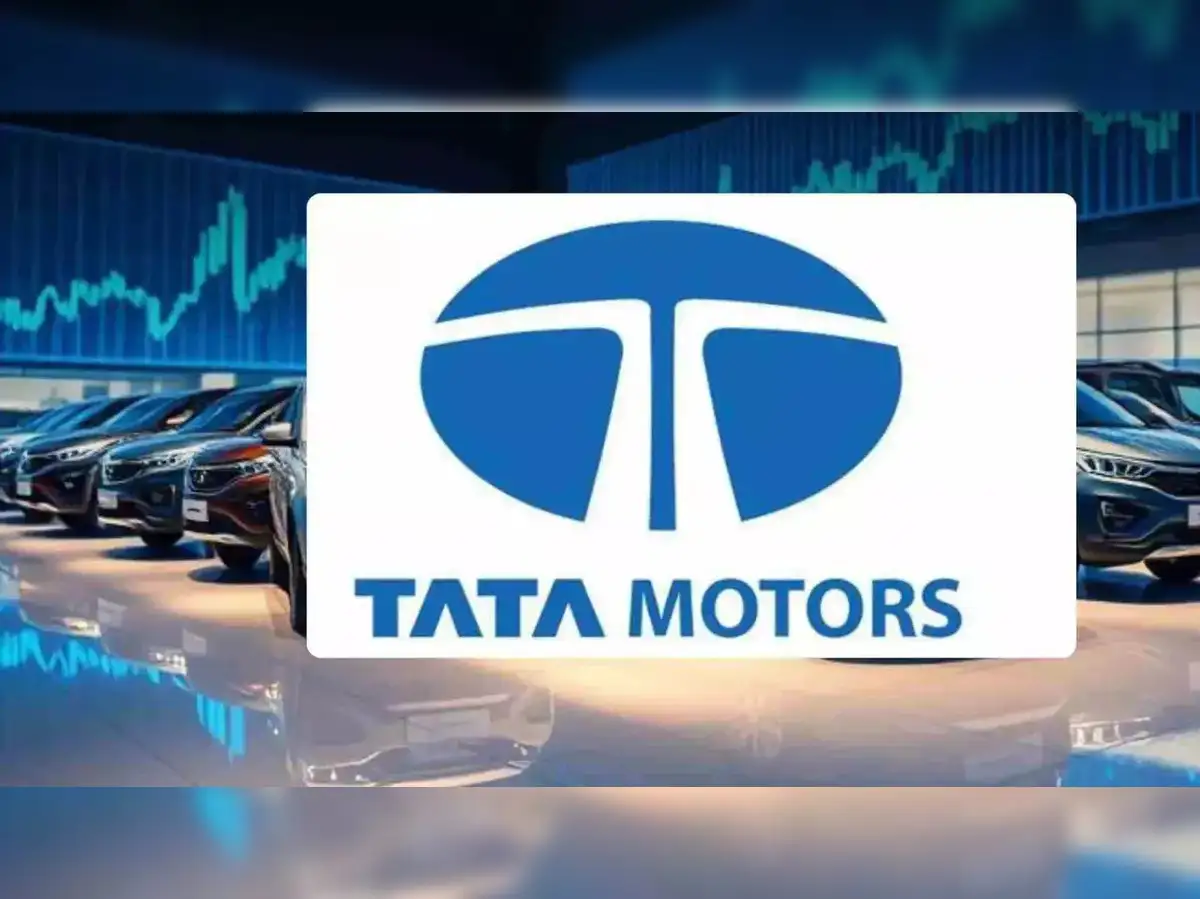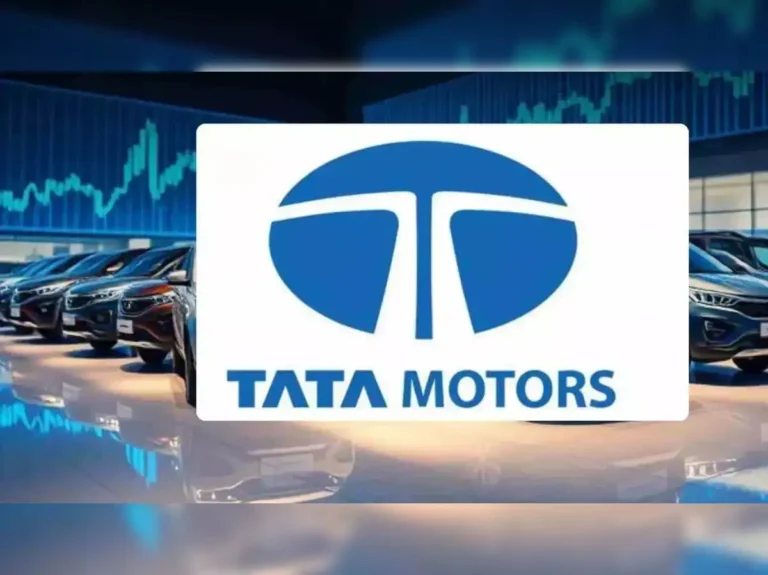
tata motors shares demerger
The Tata Motors shares demerger has become one of the most discussed topics in the Indian stock market in 2025. Investors, analysts, and automobile enthusiasts are closely watching how this major corporate restructuring will shape the future of one of India’s most trusted automotive brands. In this article, we will explain everything you need to know about the Tata Motors shares demerger, including its reasons, process, impact on shareholders, and what it means for the company’s long-term growth.
What is the Tata Motors Shares Demerger?
The Tata Motors shares demerger refers to the separation of Tata Motors’ businesses into two independent listed entities — one focusing on the commercial vehicles (CV) business and the other on the passenger vehicles (PV) segment, which includes electric vehicles (EVs) and Jaguar Land Rover (JLR). The goal of this restructuring is to create more focused and agile organizations that can operate independently in their respective markets.
This move is part of Tata Motors’ long-term strategy to unlock value for shareholders and strengthen its global market presence. The company believes that each segment has distinct opportunities, growth patterns, and challenges that can be better addressed through independent management structures.
Why Tata Motors Opted for the Demerger
The Tata Motors shares demerger is not just a structural change; it’s a strategic decision designed to accelerate growth and competitiveness. The major reasons include:
- Focused Growth Strategy:
The commercial and passenger vehicle businesses have different growth drivers. The CV business focuses on infrastructure and logistics, while the PV segment emphasizes consumer demand and electric mobility. - Improved Operational Efficiency:
By separating the businesses, Tata Motors can streamline operations and decision-making processes specific to each segment. - Unlocking Shareholder Value:
Investors can now directly invest in the business segment they believe in, thereby improving transparency and valuation. - Boosting the EV Mission:
Tata’s electric vehicle wing, under the PV business, will get more freedom and capital to innovate and expand.
How the Tata Motors Shares Demerger Works

Under the Tata Motors shares demerger, all shareholders of Tata Motors will receive shares in both the newly formed companies in a defined ratio. This ensures that every investor continues to hold ownership in both the CV and PV divisions.
The demerger will be carried out through a court-approved scheme of arrangement, following all legal and regulatory guidelines. Post-demerger, both entities will be independently listed on Indian stock exchanges, allowing investors to trade shares separately.
Impact of Tata Motors Shares Demerger on Investors
For investors, the Tata Motors shares demerger can open new opportunities. Historically, demergers have often led to a re-rating of companies as they unlock hidden potential. Here are some key impacts:
- Better Valuation: Each business can now be valued independently based on its performance and prospects.
- Increased Transparency: Separate reporting will help investors track each company’s growth clearly.
- Enhanced Flexibility: Investors can choose to hold or sell shares based on their confidence in specific business segments.
- Potential Short-Term Volatility: Like most corporate actions, the stock may experience fluctuations immediately after the demerger.
Market Experts’ Views on Tata Motors Shares Demerger
Market analysts see the Tata Motors shares demerger as a positive move. Many experts believe that the PV and EV segments could attract global investors due to the growing demand for electric vehicles in India and abroad. On the other hand, the CV business is expected to benefit from India’s increasing infrastructure investments.
Several brokerage firms have upgraded Tata Motors’ stock ratings post-announcement, anticipating long-term value creation.
Future Growth Outlook After Tata Motors Shares Demerger
After the Tata Motors shares demerger, both companies are expected to operate with more independence and focus. The PV and EV division will concentrate on sustainable mobility solutions, expanding EV infrastructure, and launching new models under Tata Passenger Electric Mobility and Jaguar Land Rover.
Meanwhile, the CV unit will continue its leadership in the commercial vehicle segment, capitalizing on India’s strong demand for logistics and construction transport.
Tata Motors’ strong brand image, advanced technology, and wide market reach position both new entities for future growth.
Conclusion
The Tata Motors shares demerger marks a new chapter in the company’s journey. By separating the commercial and passenger vehicle businesses, Tata Motors aims to create two powerful, future-ready organizations. For investors, this move offers potential value creation, transparency, and a chance to participate in India’s growing EV and infrastructure markets. To explore more insightful business updates and market analysis, visit Knowledge Star.
As both entities evolve, the Tata Motors shares demerger could serve as a model for other Indian conglomerates seeking focused growth and operational excellence.






